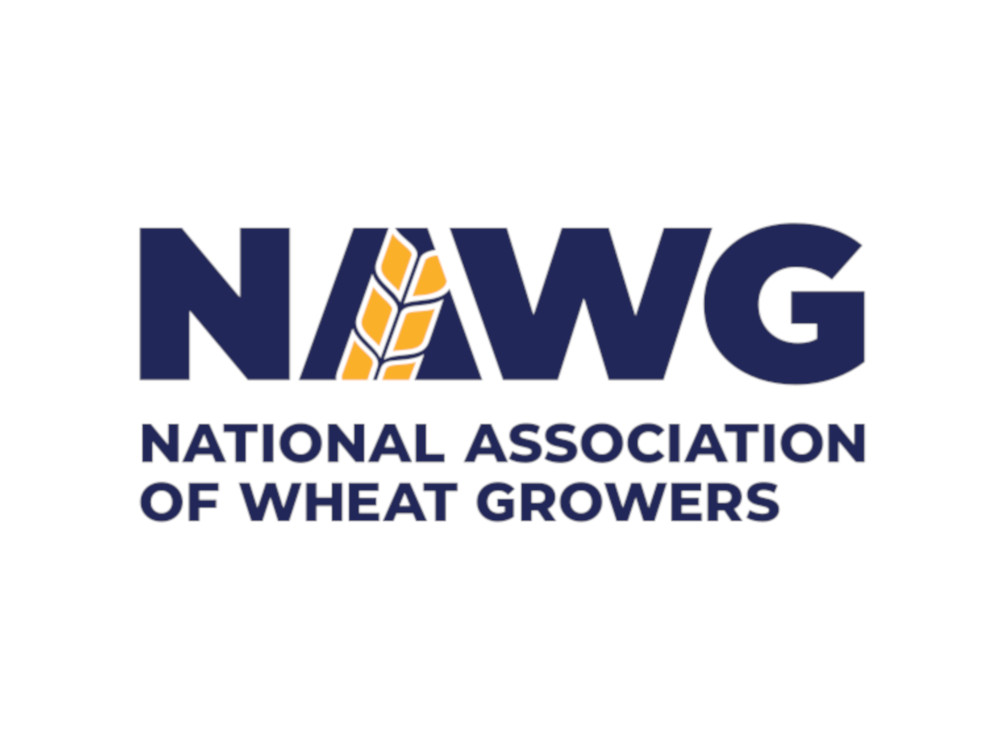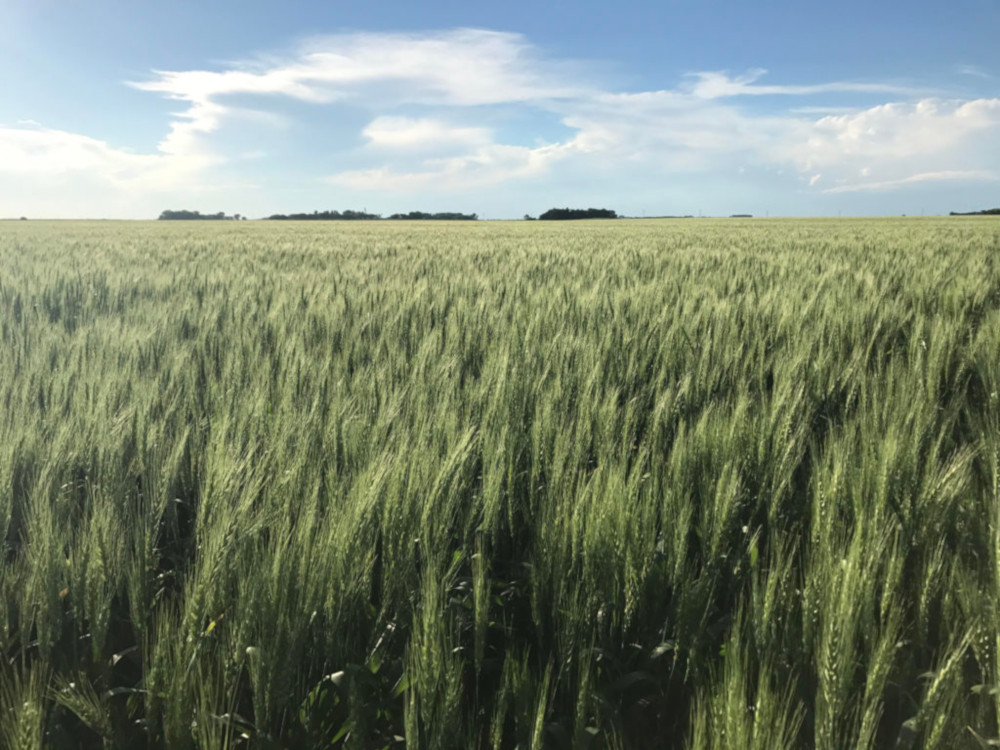As spring comes around, it’s important to be ready for potential threats to your crop. Anthony Hanson and the University of Minnesota Extension are bringing back the Small Grains Pest survey to help farmers combat these threats. The survey, now in its 14th year, is a joint effort with the North Dakota Integrated Pest Management program, focusing on pests and diseases hitting farmers in Minnesota and North Dakota.
The Minnesota Wheat Research & Promotion and the wheat checkoff directly support this program.
How it works
Using grant money, three crop scouts are employed during the summer across western Minnesota in Crookston, Moorhead and Morris. Each scout will have about an hour radius, covering most of western Minnesota. The Morris scout will extend into central Minnesota so most of the wheat growing regions in the state are covered. They will be out starting in late May through about the beginning of July. An additional check will be done in the first week of August to check for wheat head diseases.
The survey is based on farmer volunteers from wheat growing areas across the state. There are some gaps in their survey, specifically in Otter Tail, Clay and Stearns counties. Hanson would like to get additional fields signed up around his base of Morris. For more information, or to volunteer your field, view the link below.
Be on the lookout
The biggest pest scouts are looking for is the cereal leaf beetle. This beetle was first found in northwestern Minnesota in 2023 and seemed to spread in 2024.
“This can be a pretty serious economic pest,” Hanson said. “It takes three of the larvae on a plant in general to cause economic damage that’s worth treating for.”
Once wheat reaches the flag leaf stage, it only takes one larva feeding on it to cause economic damage.
Cereal leaf beetle is characterized by its slug-like appearance. The larvae carry their frass on their backs as a defense mechanism, leading to the spotty-looking appearance and slimy texture.
“It’s worse than walking through a soybean field with soybean aphid,” Hanson said. “This one is just slimy when you have a heavily infested field.”
The survey doesn’t just cover pests, but diseases as well.
“Some of our diseases were getting pretty rampant last year,” Hanson said.
Wheat tan spot was one noted quite a bit in North Dakota but was spottier in Minnesota. When seen in Minnesota, wheat tan spot can be quite severe. One field near Marshall reported 50-100% incidence rate, by far the worst incidence noted in 2024.
Sign your field up
Hanson is actively looking for farmers to sign up for this survey. If interested, you can email him directly or visit https://z.umn.edu/wheatipm2025. Farmers who sign up for this program are sent a weekly email update listing any insect or disease issues showing up in their wheat fields.
Anthony Hanson is an entomologist and Assistant Extension Professor & Regional Educator in Integrated Pest Management for field crops with the University of Minnesota Extension, based out of Morris, MN. He can be reached at hans4022@umn.edu.





